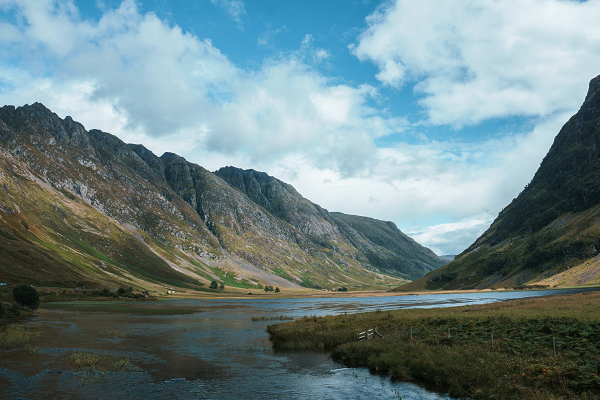Quarries, Rivers, Reservoirs and Lochs
Reservoirs, quarries, rivers, canals & lochs might appear very inviting for swimming or boating activities, especially in Summer, but there are many hidden dangers in the water, and the consequences can be fatal.
What is the risk?
The water might seem to be very calm but looks can be deceiving and there are many dangers:
- These areas may be deep and the water just below the surface is icy cold, even in summer. Cold water can send your body into shock in seconds.
- They may have strong water currents, which combined with the deep cold water can challenge even the strongest of swimmers.
- There could be hidden underwater obstacles – such as pipework or stone and concrete structures. If you dive in, you don’t know what you might hit.
- Steep, slippery banks can make it tricky to get back out of the water.
- Some reservoirs have air curtains – millions of bubbles aerating the water to disperse potential impurities like algae. But these bubbles create negative buoyancy, so if you swam into this area, you would struggle to stay afloat. That goes for boats too.

How to minimise the risk
- Be aware of the dangers.
- Know your limits and don’t take risks.
- Avoid consuming alcohol
- Wear buoyancy aids/lifejackets
- Know the location before swimming
- Make sure that your phone is charged so you can call for help if necessary
- Acclimatise to the water temperature by taking your time to enter the water
- Be aware of signage and the availability of personal rescue equipment prior to entering the water
- Remember Float to Live
- Never swim alone
- All children should be supervised, and non-swimmers should avoid entering the water completely
